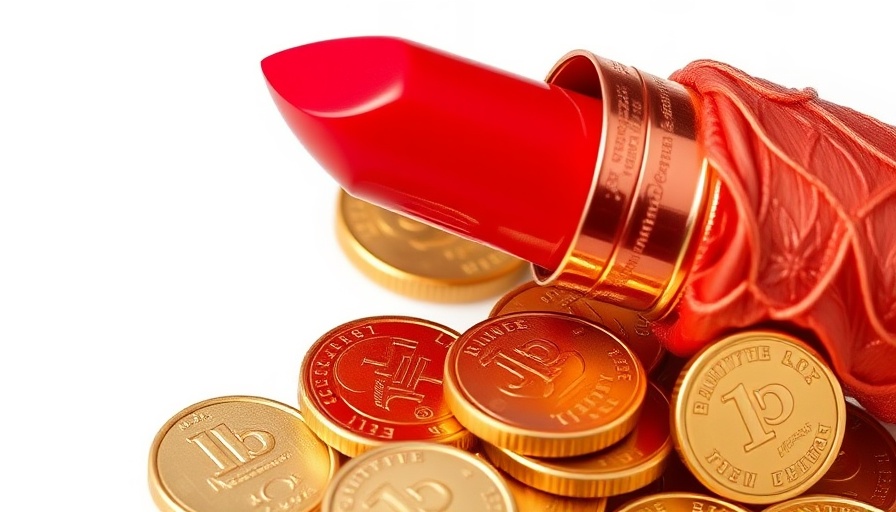
Cosmetic Surgery and the Film Industry's Age Distortion
The latest installment of the popular franchise, "Freakier Friday," asks its viewers to suspend disbelief not just because of the whimsical body-swapping plot, but also due to the increasingly fluid perceptions of age stemming from cosmetic procedures. Lindsay Lohan, at 39, appears unnaturally youthful, evoking confusion over her character’s connection to her on-screen daughter, a portrayal that should ideally showcase relatable generational differences. Such visual discrepancies challenge viewers, particularly those who have grown up with these characters, to adapt to new representations of age that often conflict with reality.
Why Cosmetic Enhancements Create Challenges for Audience Engagement
The discomfort and confusion Valerie Monroe experienced while watching the film highlight a broader cultural issue. As cosmetic procedures become more common, the distinction between generations blurs, inviting skepticism over casting choices. This dissonance can detract from audience engagement. Characters designed to be relatable can morph into figures that resemble sisters rather than mothers and daughters as facial enhancements create visual illusions. Thus, do these surgeries empower performers by allowing them to uphold a certain image, or do they dilute the essence of character portrayal?
The Impact of Celebrity Culture on Real-Life Expectations
Hollywood's standards, often reinforced by stars flaunting fresh, youthful facades, have set a challenging bar for everyday women. Fans may find themselves looking at Lohan and feeling pressured to keep up with unrealistic beauty standards, mirroring a distorted perception that youth is always desirable. This notion links back to psychologies around aging and beauty that women face across generations, producing a cycle of insecurity fed by the very platforms meant to inspire self-love.
Exploring Beauty Industry Trends: What Does It All Mean?
The beauty and skincare industries rapidly adapt to celebrities’ changing faces, promoting products that promise timeless beauty. Many women are left wondering how much of a personal commitment they are willing to make toward maintaining their youthful glow. As Monroe contemplates the implications of facial work on storytelling and character relatability, consumers face their own crossroads. Will they embrace natural beauty that may confidently showcase their age, or will they feel the need to conform to an ever-youthful standard set by public figures?
Empowering Women to Redefine Their Own Beauty Standards
All these factors combine to create an interesting dichotomy: should women choose to maintain social relevance defined by Hollywood's standards, or carve out an individual definition of beauty that celebrates authenticity? As difficult as navigating the changing tides of beauty can be, networks and film industries possess the opportunity to leverage their influence, promoting a more diverse representation of age, appearance, and ability. It's crucial to foster a culture where aging is embraced rather than critiqued, inspiring a collective journey of self-acceptance.
 Add Row
Add Row  Add
Add 




Write A Comment